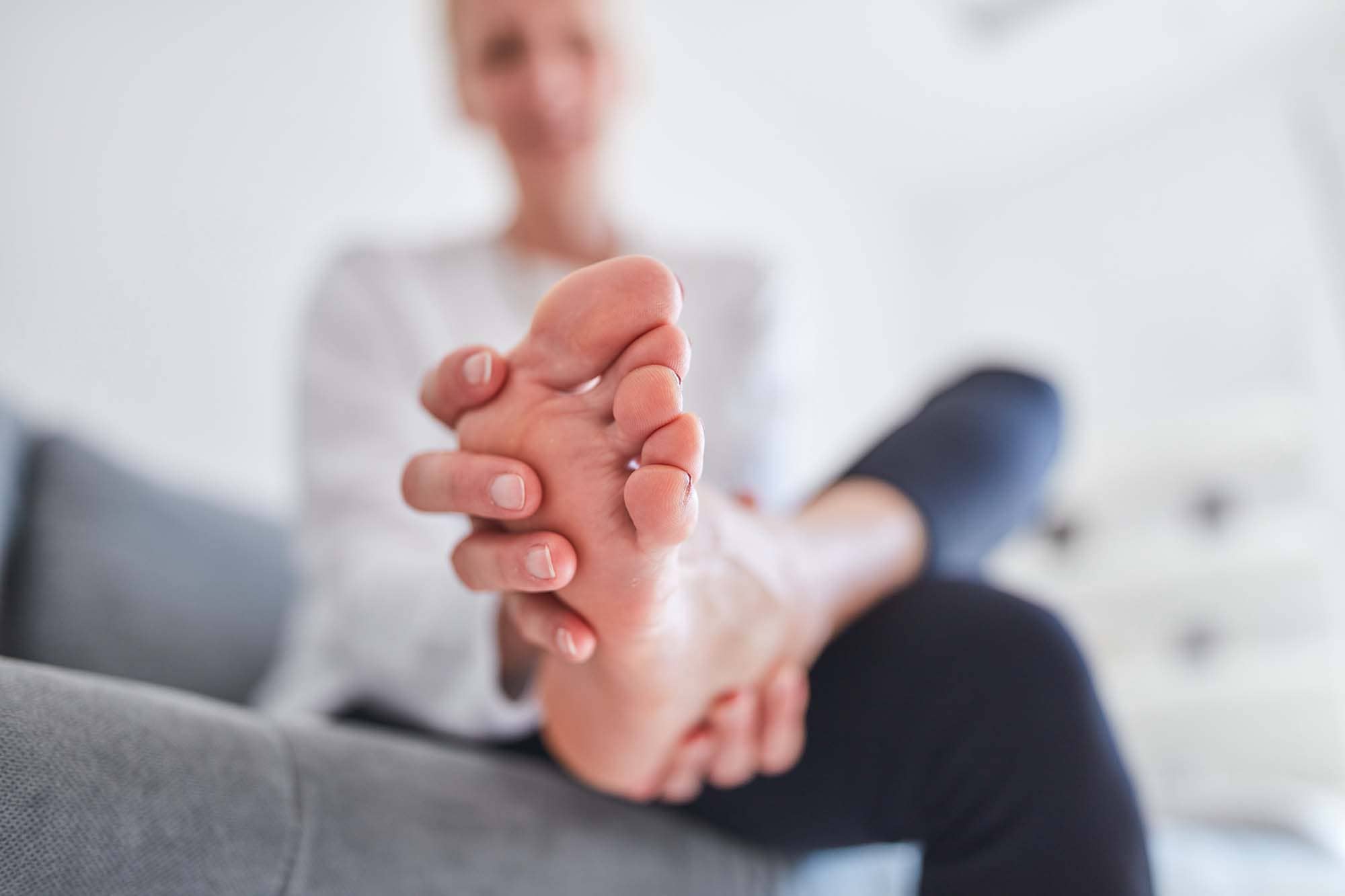
DIAGNOSIS
What Is A Bunion?
A bunion is a bump that forms on the inside of the foot when the big toe moves and pushes against the second toe.
While bunions are hereditary, tight and pointy-toed shoes can worsen the deformity. The main symptom is usually pain and redness at the bump itself, but patients may also feel pain at the ball of the foot, and stiffness in the big toe joint. Symptoms often progress as the bunion becomes more severe with a more prominent bump and big toe deviation under or over the smaller toes.
However, the treatment of bunions is more complex than removing the bony growth you can visually see. Surgical correction is necessary to get you back on your feet.
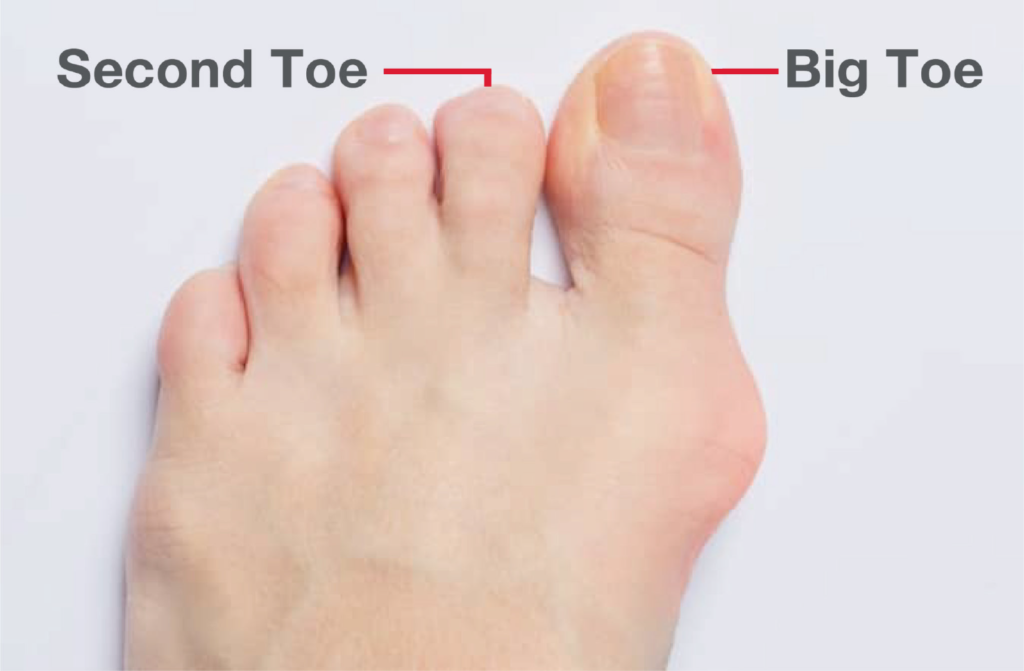
Symptoms
In the early stages of bunion formation, symptoms may be mild.
As bunions progress, most people notice the bony prominence that may be red and tender. If left untreated, symptoms may progress and eventually contribute to other deformities within the foot.
THE SIGNS AND SYMPTOMS OF A BUNION INCLUDE:
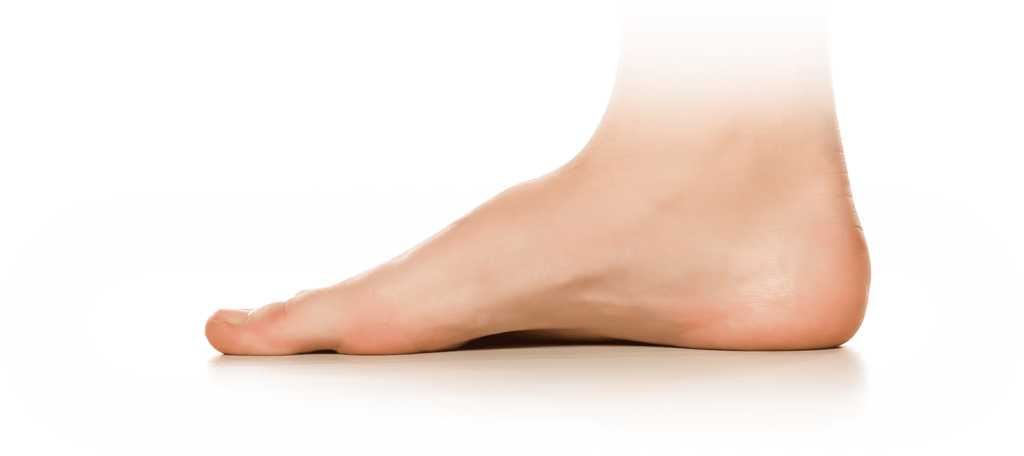
A bulging bump at the base of your big toe
Swelling, redness and/or soreness around your big toe joint
Corns or calluses — these often develop where the first and second toes overlap
Persistent or intermittent pain with shoe wear
Restricted movement of your big toe
Decreased activity level due to foot pain
Risk Factors
These factors might increase your risk of bunions or make the deformity worse:
High heels
Wearing high heels forces your toes into the front of your shoes, often crowding your toes.
Ill-fitting shoes
People who wear shoes that are too tight, too narrow, or too pointed are more susceptible to bunions.
Rheumatoid arthritis
Having this inflammatory condition can make you more susceptible to bunions.
Heredity
The tendency to develop bunions might be because of an inherited structural foot defect.
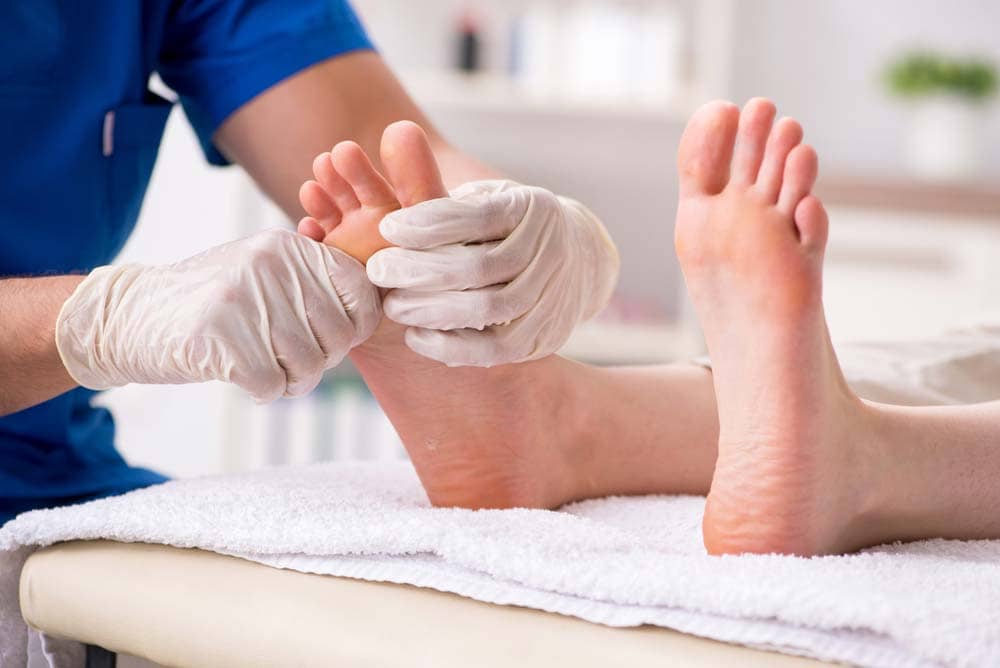
During a clinical exam, your doctor will X-ray your foot to determine the severity of your condition along with any other conditions.
WHERE DO YOU FALL ON THE
Bunion Severity Scale
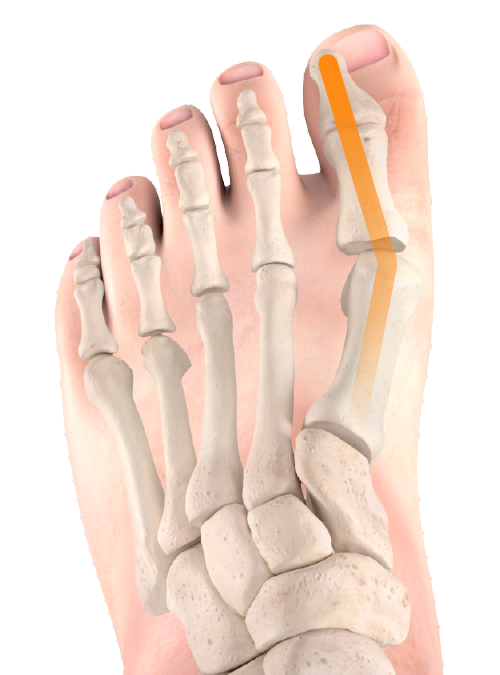
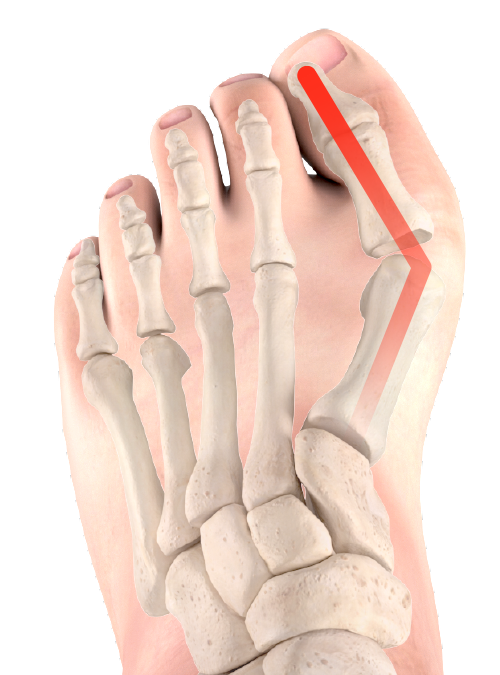

Mild
Slight bump begins to form on the side of the foot and the skin may appear slightly red in color. Bunion may be unnoticed by the patient at this stage.
Moderate
Bump on the side of the foot becomes more prominent, skin is red in color. Patients may experience pain or difficulty when wearing shoes or walking.
Severe
Bony bump is prominent, big toe deviates toward other toes, potentially creating other deformities spread throughout the foot.
What If I Do Nothing?
During the early stages, your pain can be managed but it will typically worsen and you may develop some additional symptoms, including:
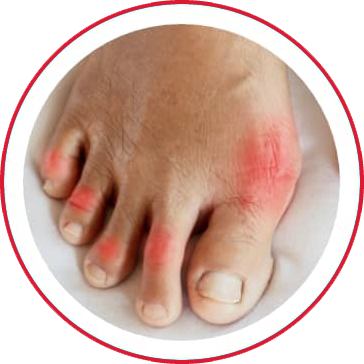
Arthritis
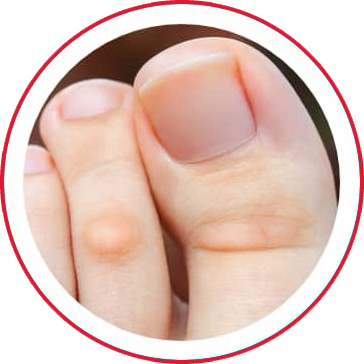
Calluses
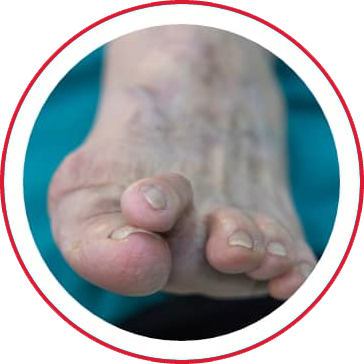
Toes cross over
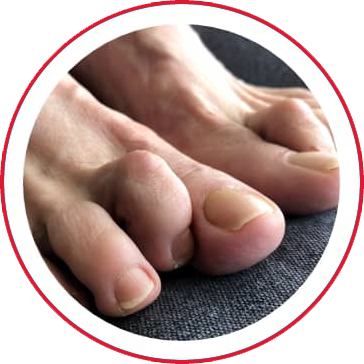
Hammertoes
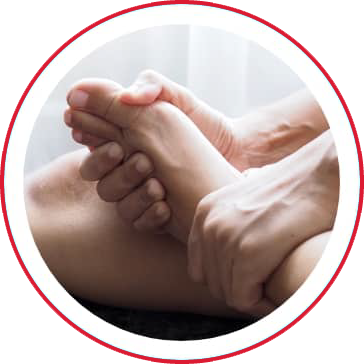
Bone Spurs
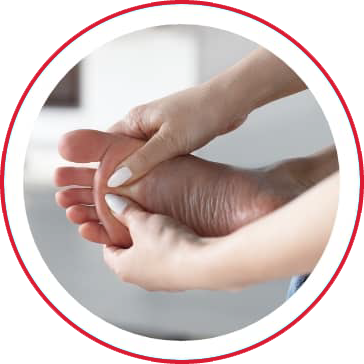
Ball Of Foot Pain
How is the Bunion Corrected?
To surgically correct your bunions, your big toe “1st Metatarsal” is corrected in 3 directions at once.
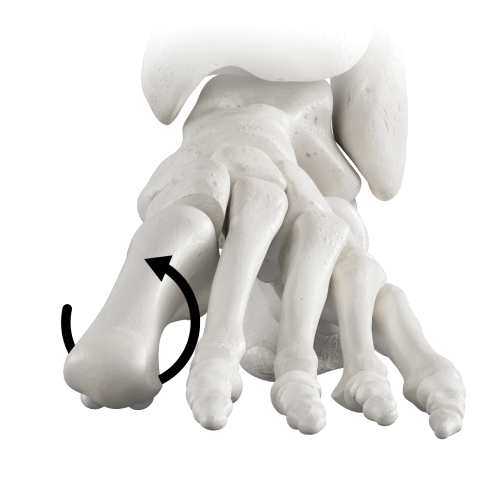

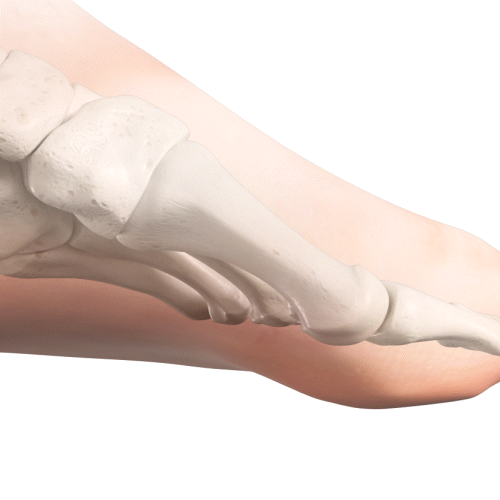
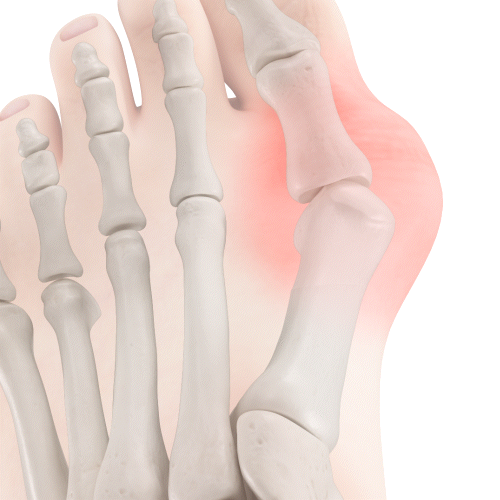
The adjustments restore the natural alignment of your foot.
Find out more about treatment options
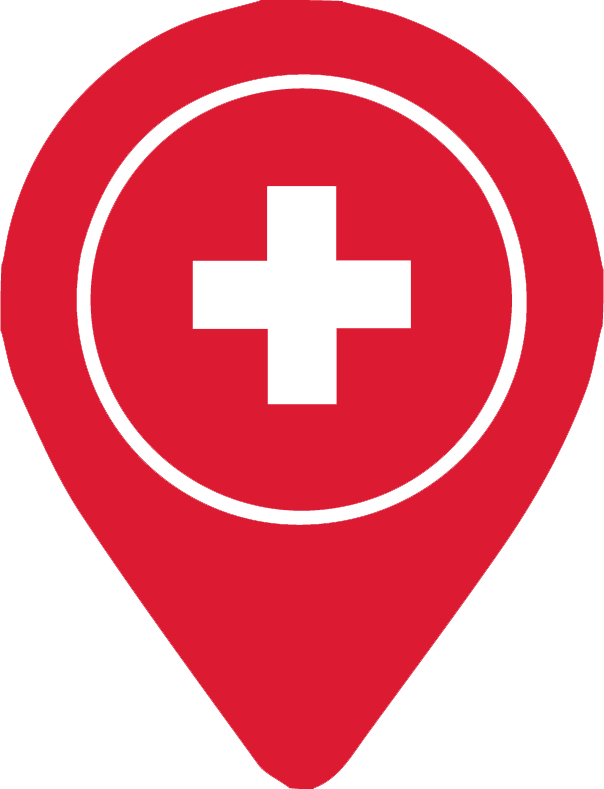
Lam P, Lee M, Xing J, Di Nallo M. Percutaneous Surgery for Mild to Moderate Hallux Valgus. Foot Ankle Clin N Am 2016; 21: 459-477 (data only with respect to chevron osteotomy procedure).
Lee M, Walsh J, Smith MM, Ling J, Wines A, Lam P. Hallux Valgus Correction Comparing Percutaneous Chevron/Akin (PECA) and Open Scarf/Akin Osteotomies. Foot Ankle Intl 2017; 38(8): 838-846 (data only with respect to chevron osteotomy procedure).
Maffulli N, Longo UG, Oliva F, Denaro V, Coppola C. Bosch Osteotomy and Scarf Osteotomy for Hallux Valgus Correction. Orthop Clin North Am. 2009 Oct;40(4):515-24, ix-x. doi:10.1016/j.ocl.2009.06.003.
